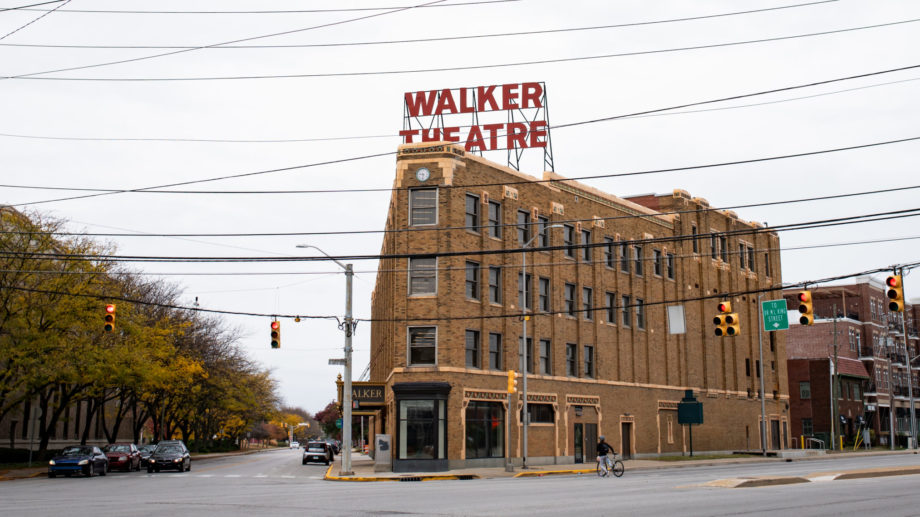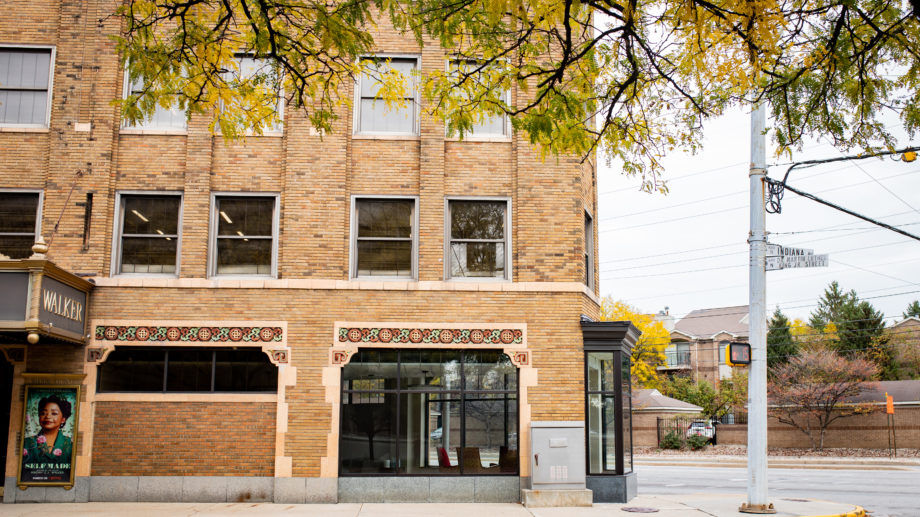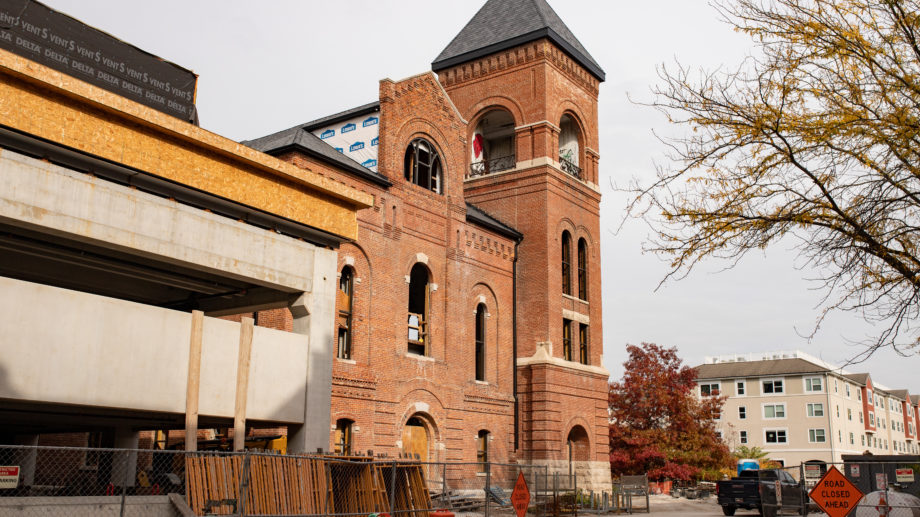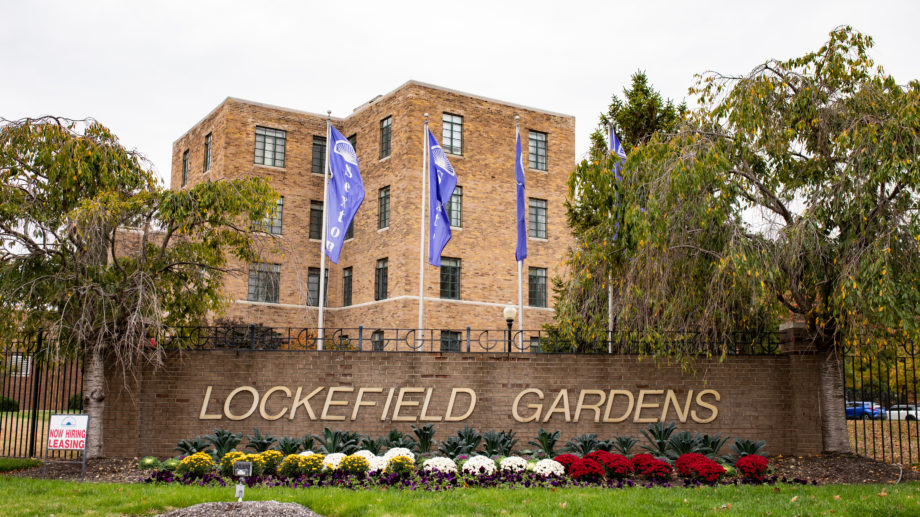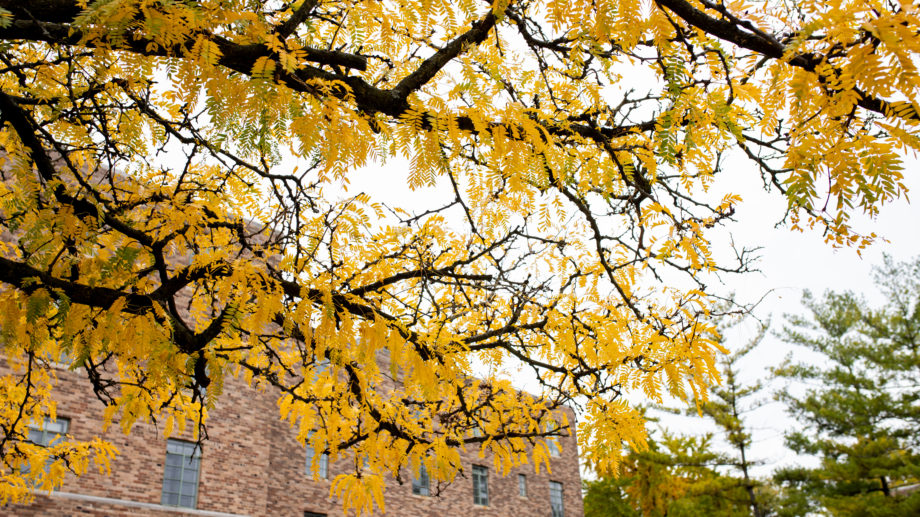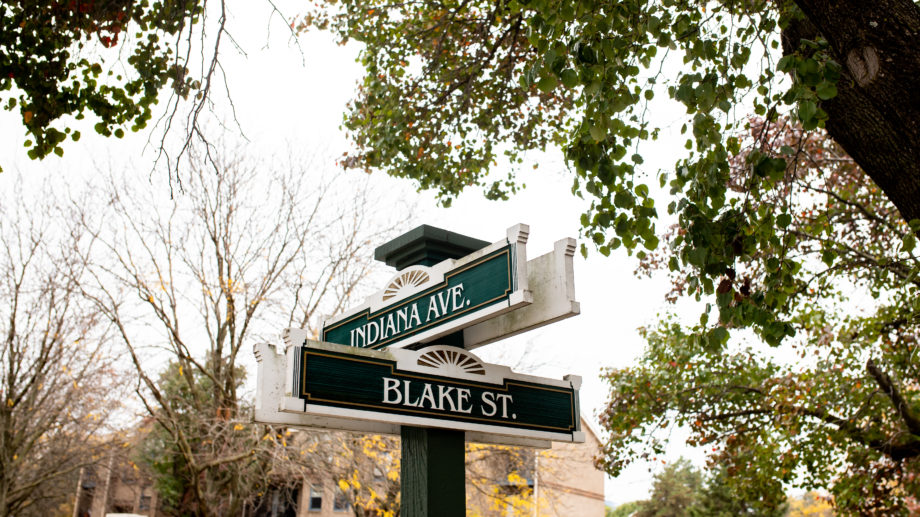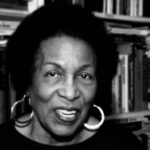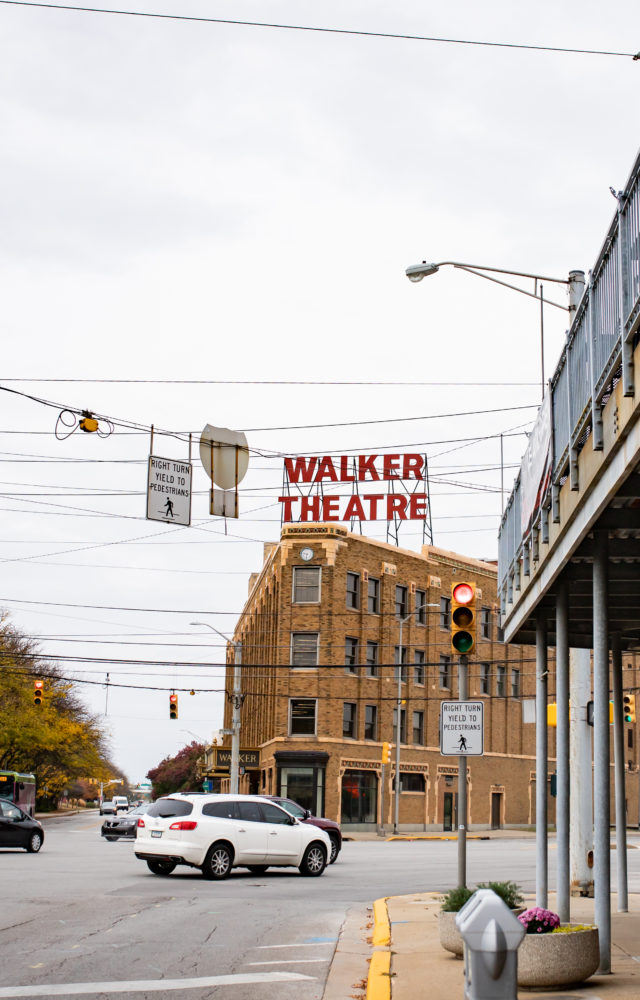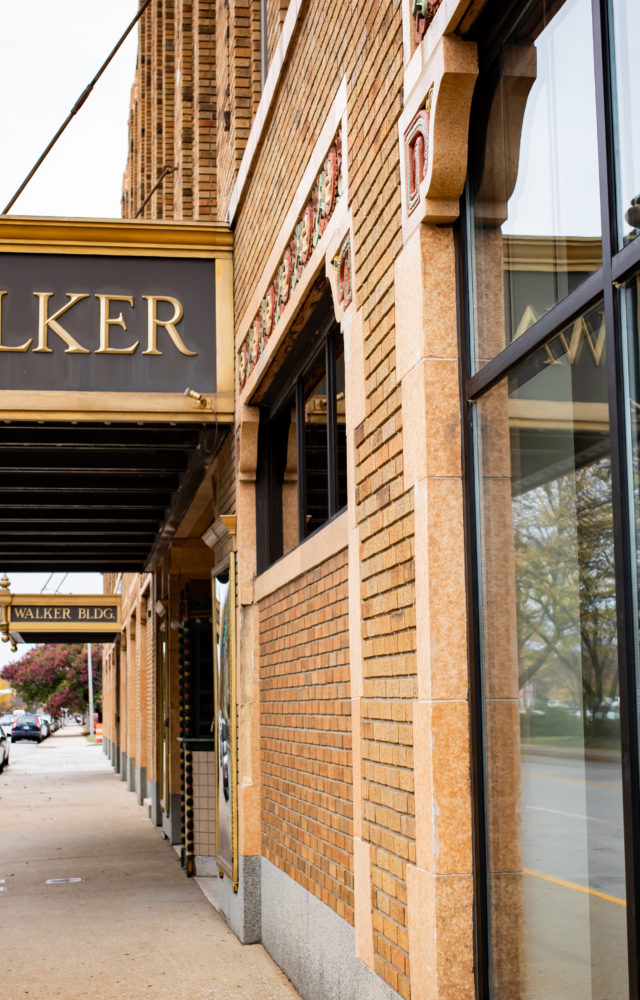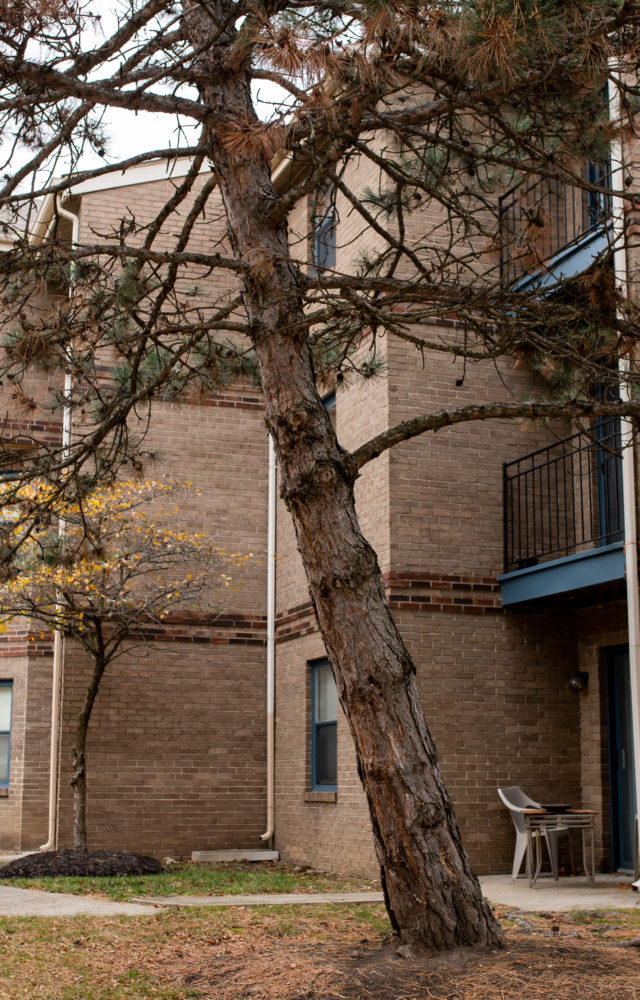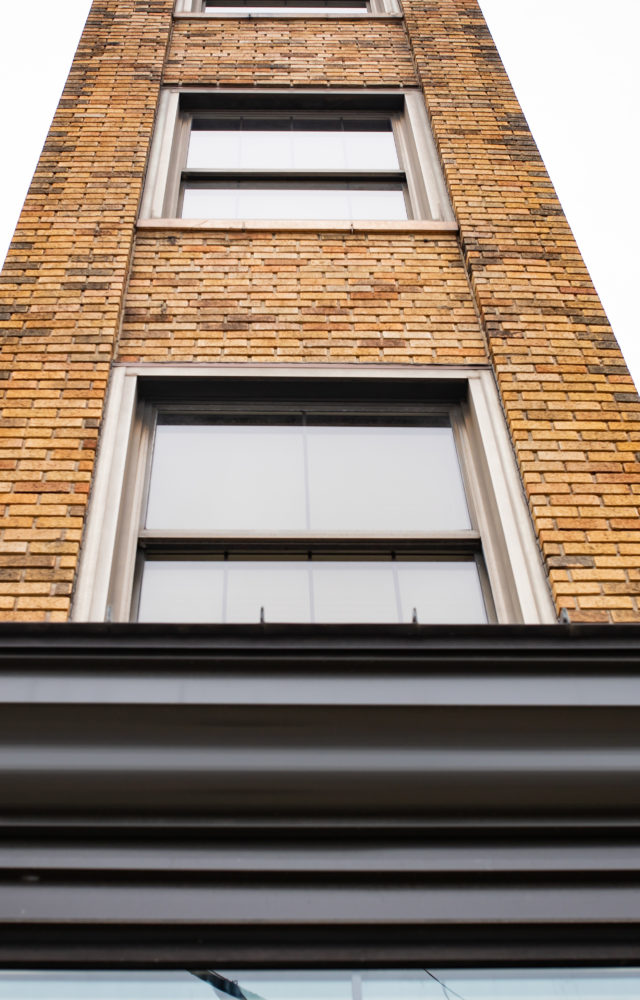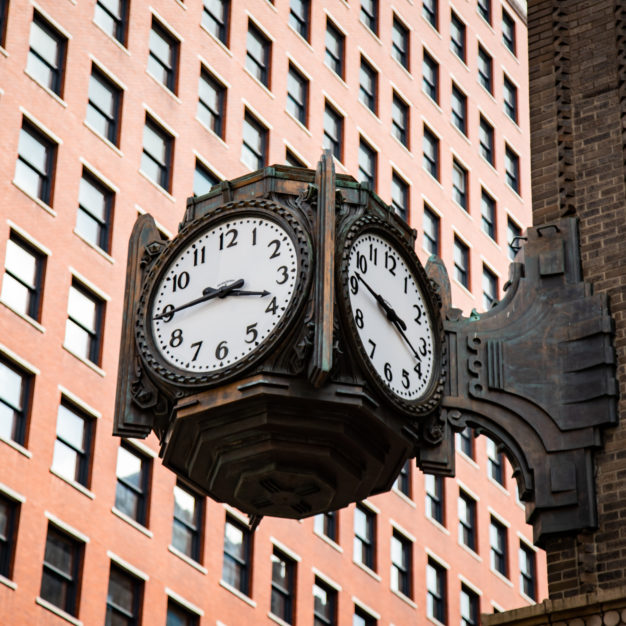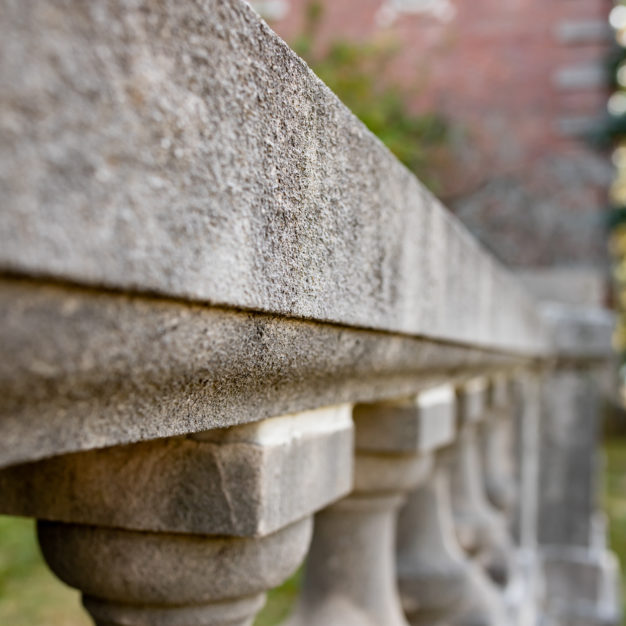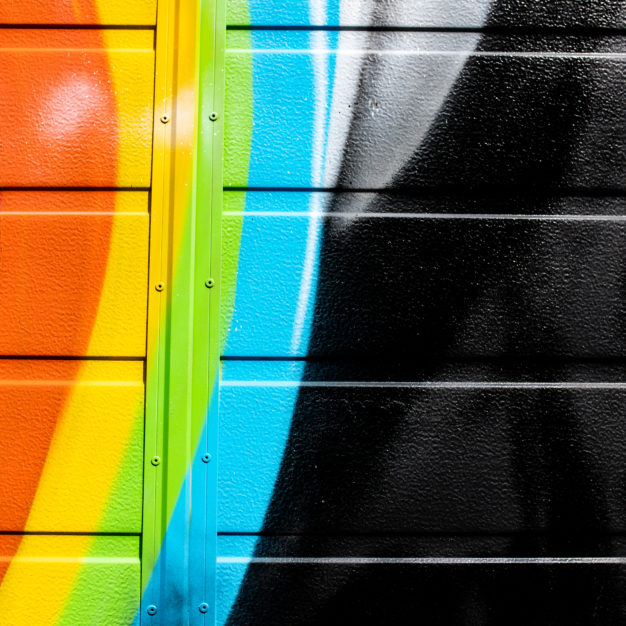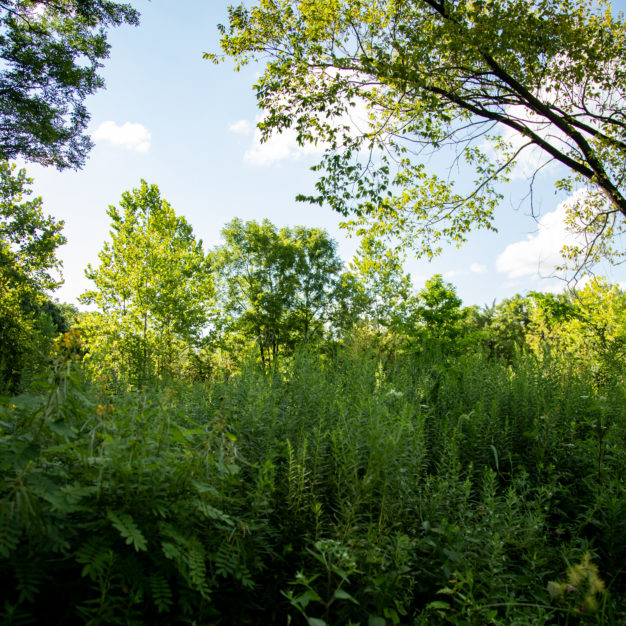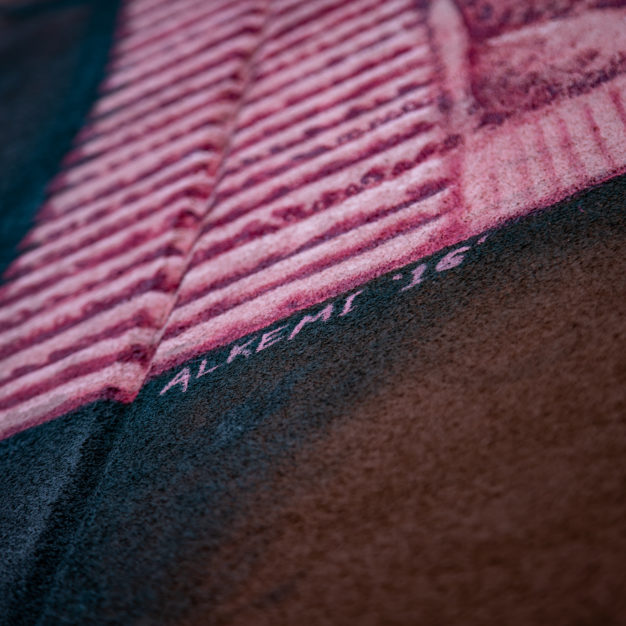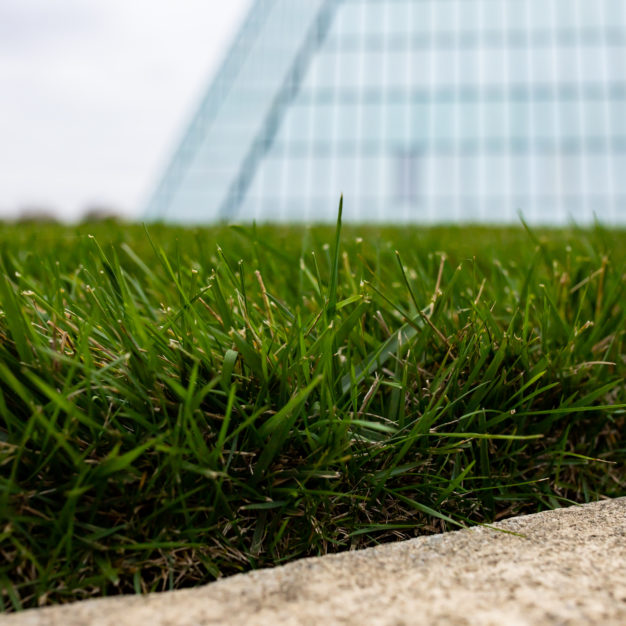Indiana Avenue39.775720, -86.166634
The historic Indiana Avenue neighborhood was once the center of Black culture and entrepreneurship in Indianapolis. In her essay, Mari Evans critiques the racist practices used by developers and the city to disinvest and subsequently push out Black residents and businesses for the development of IUPUI and other projects.
Author
Mari Evans
b. 1919 – d. 2017
Literary Inspiration
“Ethos and Creativity: The Impulse as Malleable”
Published 1989
NOTES
Dig
Deeper
Indianapolis is a place that inspires creativity. This is one of a dozen original pieces of visual and performing art created by Hoosier artists inspired by Bookmark Indy authors.
Matthew Phemster
Musician
www.indygorgeousclub.com | Matthew’s Instagram
“Black Roses”
“Frozen Moon”
A love for music and music-making was instilled in songwriter and saxophonist Matthew Phemster as a child by his great-grandmother Mari Evans, or “Mom Mari.” Phemster’s contemporary jazz compositions engage the rich music history of Indiana Avenue, the continuous consumption of the historical Black neighborhood by the city of Indianapolis and current issues and efforts in racial justice. Both of Phemster’s tracks star recordings of Mari Evans reading her work—“Black Roses” features Evans’s “Speak the Truth to the People,” and “Frozen Moon” includes “I Have Not Ceased to Love You”—as well as Phemster’s own lyrics and instrumental compositions that both complement Evans’s writing and continue her spirit and mission to promote equity and Black pride.
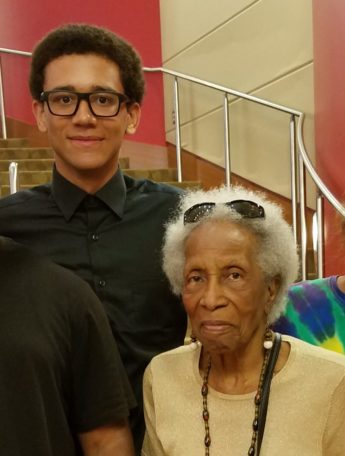
INDIANA AVENUE
Intersection of Indiana Avenue and West Street
Closest IndyGo Stops
Indiana Avenue & West Street (Route 6)
Martin Luther King Jr. Street & Walnut Street (Routes 15 & 34)
How to Plan a Trip on IndyGo:
- Use the Trip Planner on IndyGo.net
- Use Google Maps (select “transit” as your travel method)
- Call IndyGo Customer Service at 317-635-3344
- Track your bus using the MyStop Mobile App

